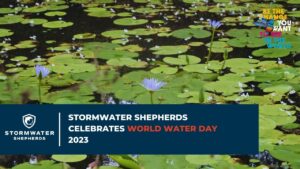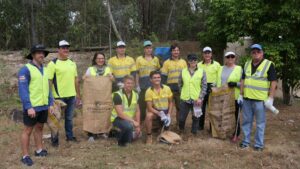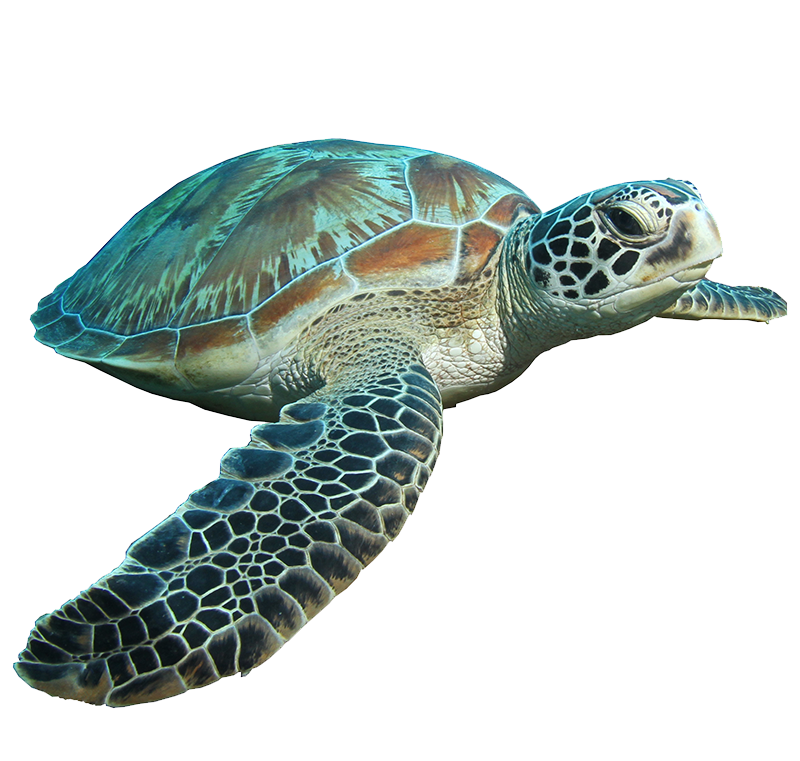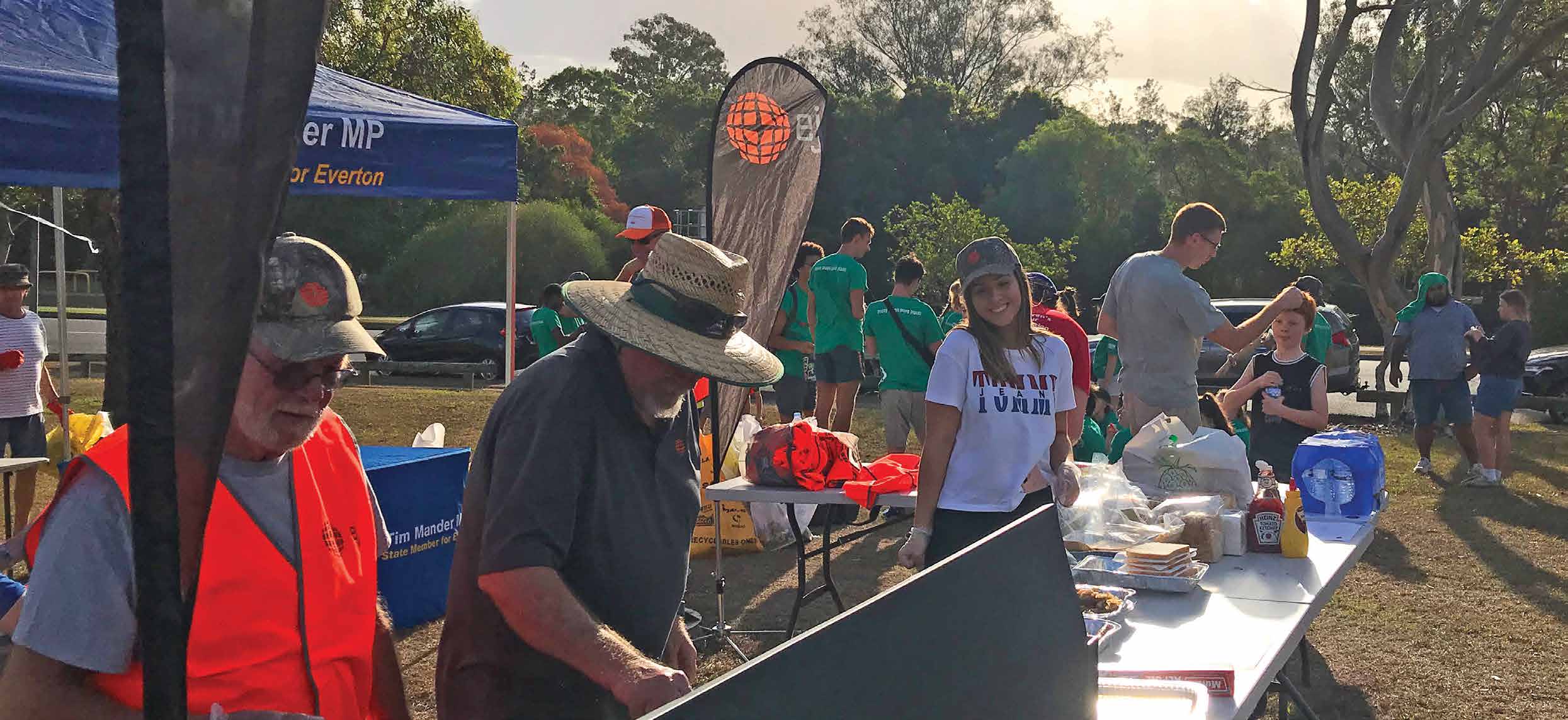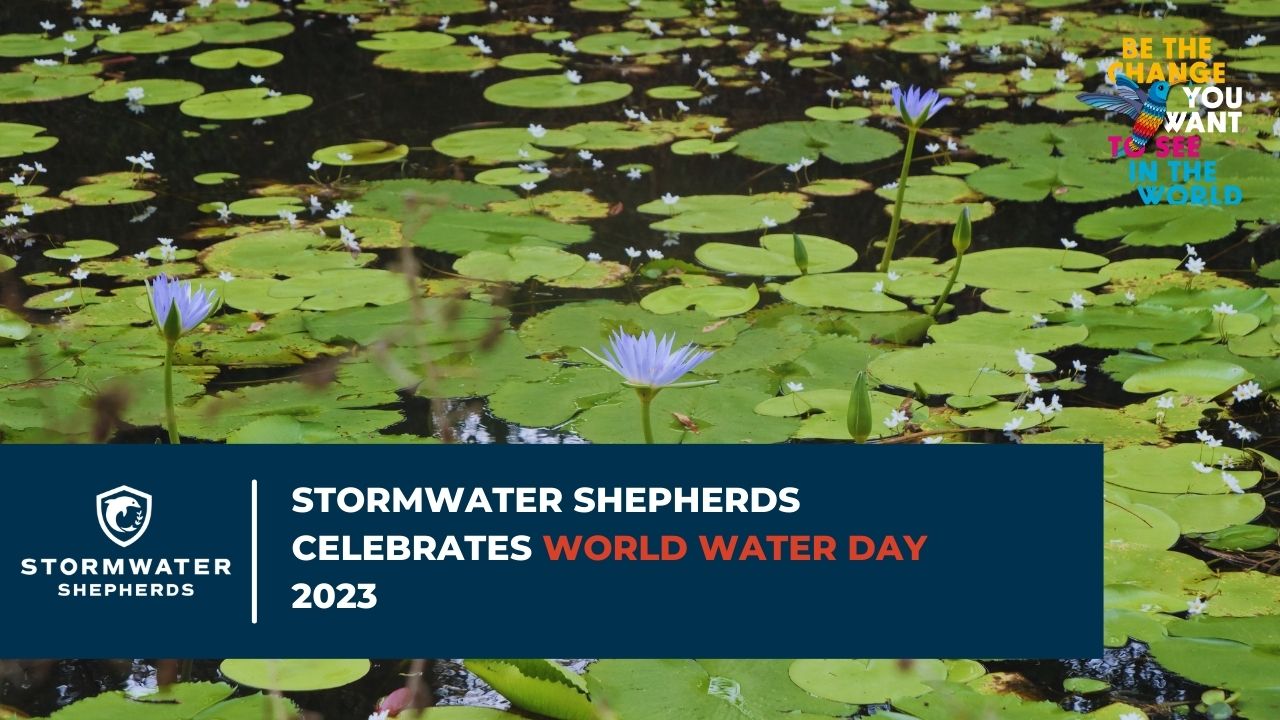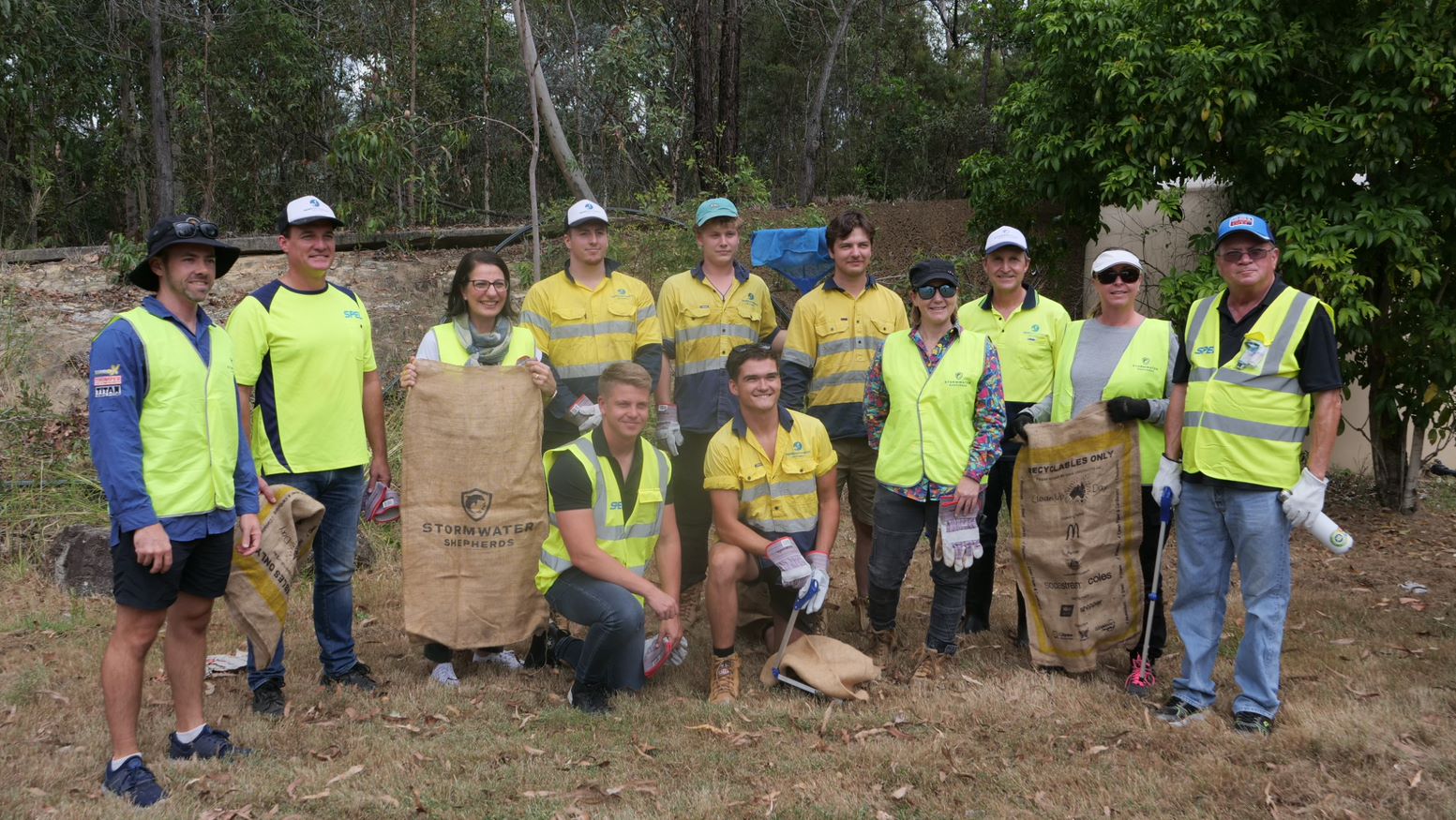In 1997, American sea captain Charles Moore was sailing home from a Transpacific Yacht Race when he came across a huge stretch of marine debris in the North Pacific Ocean. Lost for words he recalls, “I was confronted, as far as the eye could see with the sight of plastic. No matter what time of day I looked, plastic debris was floating everywhere: bottles, bottle caps, wrappers, fragments” *
That blanket of plastic waste would later be referred to as The Great Pacific Garbage Patch. More akin to a soup of tiny particles than a floating island of debris, the ‘patch’ is essentially a highway of waste, corralled by the warm water of the South Pacific meeting the cooler water of the Arctic. The sad by-product of our addiction to cheap, single use plastics, built to last a lifetime.
What are single use plastics?
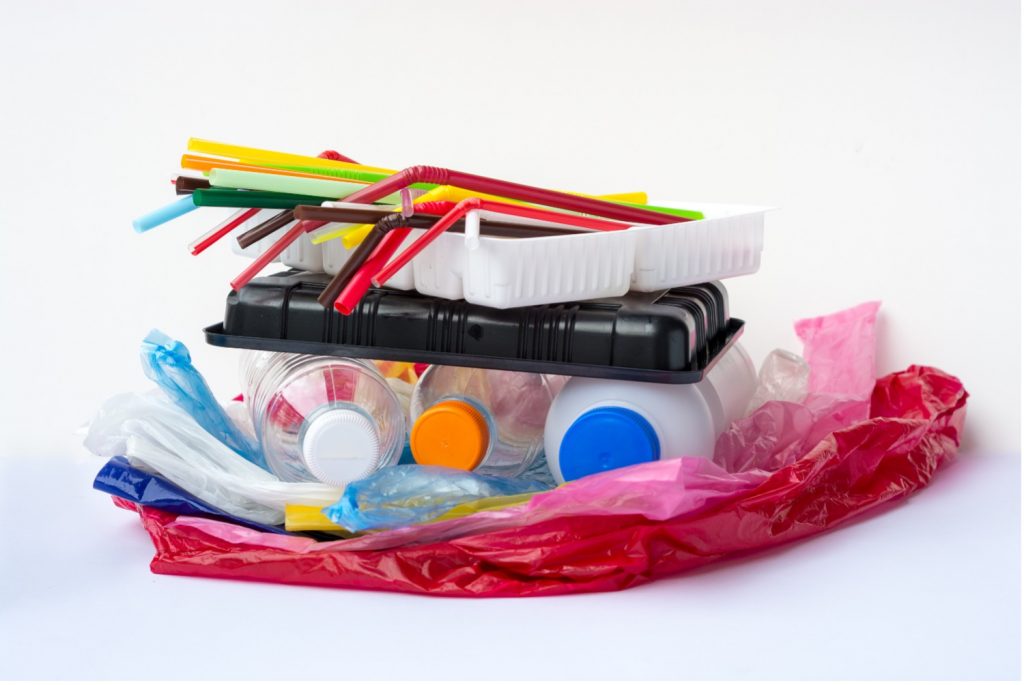
These are plastics, generally used only once before they’re – almost immediately, disposed of. Plastic bags, for example, are used for around 12 minutes and single use bottles only a touch longer. Collectively, our 21st century throw-away culture produces 380 million tonnes of plastic annually with over 50% of it made for a single purpose use.
So why do we produce so much plastic? It’s versatile, incredibly durable, and both cost effective to manufacture and transport.* The downside – it simply never goes away. Built to last ‘forever’ plastics are made of polymer chains formed by the carbon particles found in fossil fuels. This is the molecular structure that makes it both extremely strong and extremely difficult to degrade.

How big is our plastic problem?
It’s estimated we’ve produced 8.3 billion tonnes of plastic globally since we began manufacture in the 1950s. Only 9% of that has been recycled, and 12% incinerated. The remaining 79% has ended up as landfill or scattered across the natural environment, predominantly into our waterways. Given that plastic never breaks down, this is a monumental amount. On our current trajectory, there will be more plastic in the ocean by 2050 than fish.
What impact is plastic having on our environment?
According to National Geographic, plastic pollution has become one of our most pressing environmental issues. Once at sea, the sun, wind and wave action breaks our bottles and bags into smaller pieces know as microplastics – particles about the size of a sesame seed. While we’ve all seen images of turtles and sea birds entangled in fishing line and bags, it’s microplastics that often have the greatest impact.
Mistaken for food, these particles are consumed by marine animals. Ingested, along with the toxic chemical and pesticides that often concentrate on the surface, the plastic blocks their digestive tract, diminishing the urge to eat and altering their feeding and reproductive behaviour. We are essentially starving these animals by feeding them a diet of plastic and chemical runoff that originates mostly from our homes.
It is estimated over 100 million marine animals die every year as a direct result of plastic. Microplastics have been found in the stomachs of both marine and land based animals, including more than 386 marine fish species, many of which are destined for our own dinner plates. The problem is devastating, but not insurmountable.
What we can personally do about plastics?
As individuals, the easiest way to help is refusing avoidable single use plastics, replacing them with reusable or biodegradable items including cloth shopping bags, reusable drinking bottles and biodegradable straws and cutlery. For single use plastics like packaging we can’t easily avoid, we must demand better solutions on how these goods are sold and distributed.
Each one of us has the responsibility and capacity to act, and it will take the united power of all people in all countries to usher in the tide of change. While the problem of single use plastics is dire, there is still hope.
Stormwater Shepherds Zero Pollution Supporter Program unites people worldwide on how we can remove plastic from our daily lives along with other eco-friendly alternatives.



